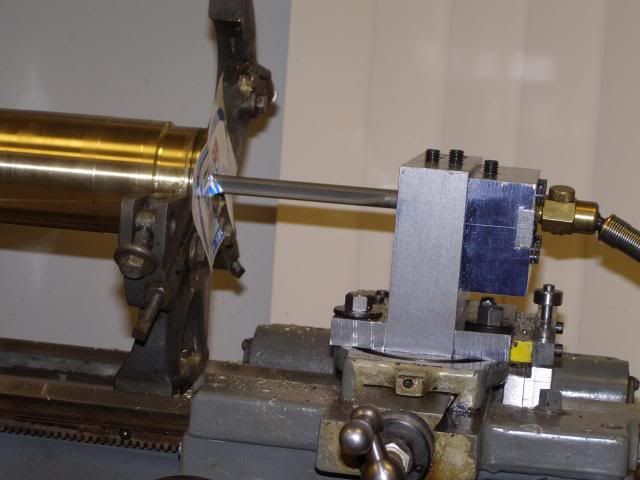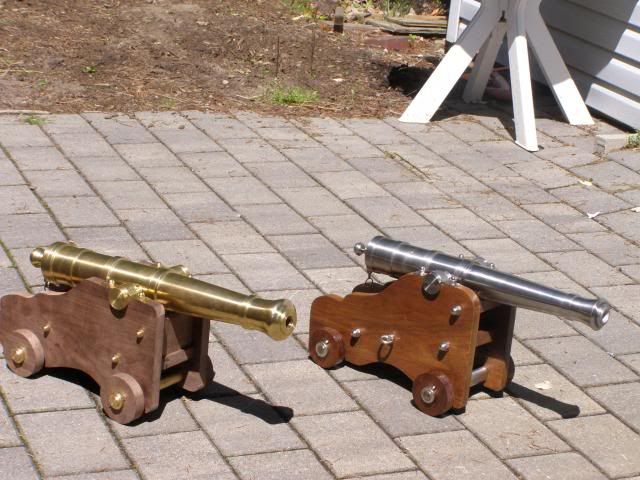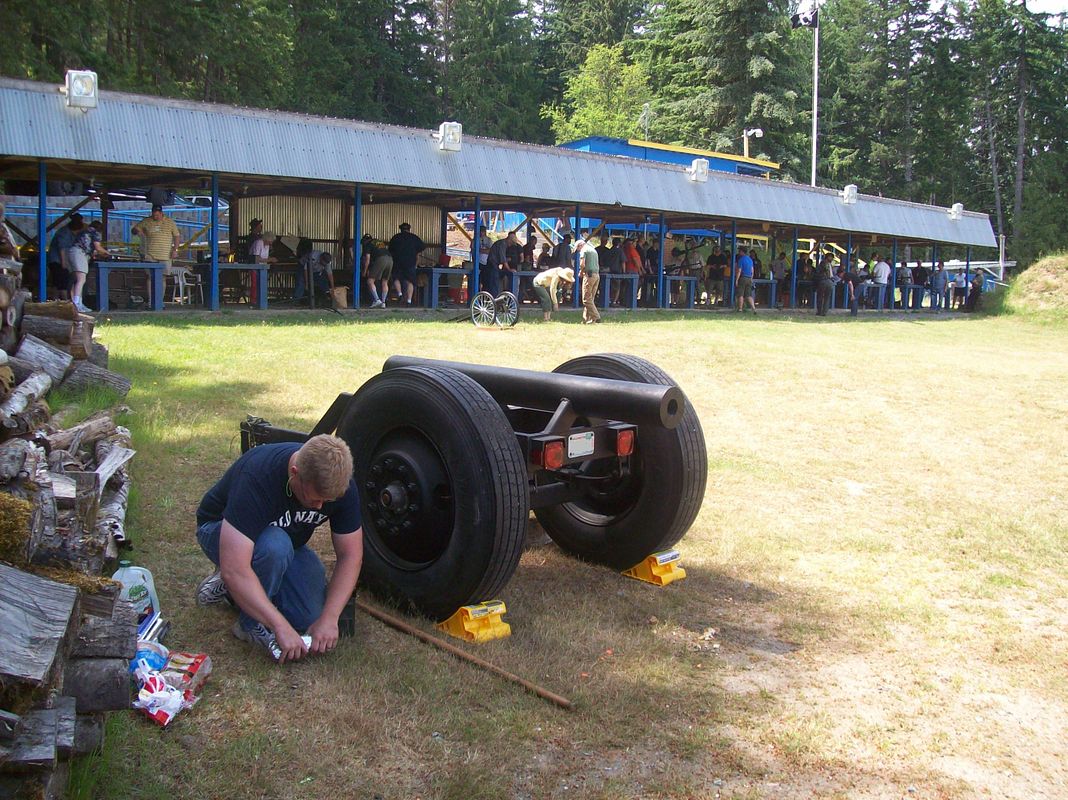Planning to turn a Black Powder, cannon barrel on lathe. Depending on the size of the steel that is available, the 1.00" - 1.250" diameter bore will be approximately 15"-18" deep. OAL of barrel: approximately 22" breech to muzzle.
I am willing to buy a Long Boy extra-length, drill just to do this job, and was wondering how long the fluted section on the drill should be? The longer the fluted section, the more expensive the drill. Also, is a Silver and Deming style drill an option? I suppose I could always fabricate a drill extension.
So, what's the easiest way to get a deep hole with a reasonably smooth finish? Work will be chucked and supported by a steady rest...drill will be held in the tail stock. I plan on just taking light pecks with the drill, using of plenty of cutting fluid, and then clearing out the chips often....very often. I don't care how long it takes to drill this hole, but I'd like it to be close to center and not wander.
Also, is a pilot hole and step drilling necessary, or, can I just center drill and go in with the full size drill?
I need some options. Thanks for any suggestions.
Frank
I am willing to buy a Long Boy extra-length, drill just to do this job, and was wondering how long the fluted section on the drill should be? The longer the fluted section, the more expensive the drill. Also, is a Silver and Deming style drill an option? I suppose I could always fabricate a drill extension.
So, what's the easiest way to get a deep hole with a reasonably smooth finish? Work will be chucked and supported by a steady rest...drill will be held in the tail stock. I plan on just taking light pecks with the drill, using of plenty of cutting fluid, and then clearing out the chips often....very often. I don't care how long it takes to drill this hole, but I'd like it to be close to center and not wander.
Also, is a pilot hole and step drilling necessary, or, can I just center drill and go in with the full size drill?
I need some options. Thanks for any suggestions.
Frank







